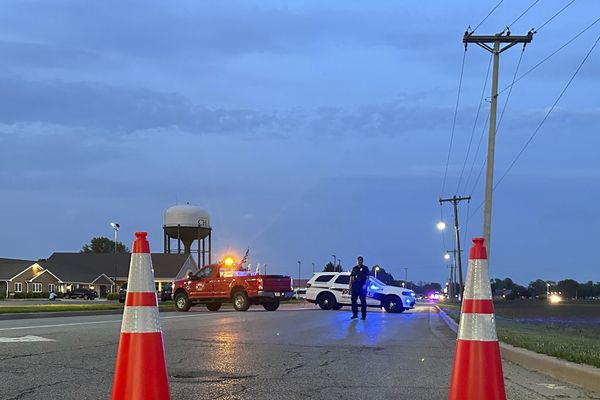The past three months have seen mass shootings of schoolchildren in Uvalde, Texas, and July Fourth celebrants in Highland Park, Illinois. Cries for greater gun control to stop such avoidable, premature deaths grow after each event. President Joe Biden recently signed a gun control measure into law, but overall, little substantive change has occurred and is unlikely to occur anytime soon.
Politicians have had their chance. Let someone else take the wheel — namely, the medical community.
I’m a data scientist, and data informs much of my thinking and decisions. A few years ago, I studied trends in mass killings in the United States and found them to be remarkably steady, around 30 events per year, defined as four or more people killed unrelated to the assailant. They also follow a pattern that makes them difficult to predict.
Mass shootings occur at a much higher rate, around 50 per month, defined as four or more people injured or killed. This is what the news media typically reports every time there is a mass killing, convoluting the two categories, which creates confusion and unnecessary angst.
Putting aside the visceral reactions to mass killings, what does the data reveal about avoidable, premature firearm-related deaths in general?
Suicides represented more than a half of all firearm-related deaths in 2021, whereas in the same year, mass shootings accounted for 691 deaths, or less than 2% of all firearm-related deaths, according to the Gun Violence Archive.
If legislation is needed to reduce firearm deaths, the low-hanging fruit is suicide reduction.
By comparison, what about other causes of avoidable, premature deaths?
Drug overdoses caused more than 90,000 deaths in 2021, with 75% of them opioid-related. Almost 43,000 people died in automobile accidents in 2021.
The challenge that comes with these causes of death is that a constitutional right isn’t involved in either of them. In contrast, the Second Amendment, ratified more than 230 years ago, gives people the right to bear arms. However, even those who hang onto the Second Amendment as their thread to preserve unfettered access to firearms would argue that its role is to allow for egregious acts.
So what is a reasonable path forward to reduce gun violence?
Data can be used to assess associations and relationships between factors, but it is far more difficult to conduct the experiments that are typically needed to assess causality. That is why no single policy for to reducing gun violence can yield substantive and measurable results.
One positive development is that the Centers for Disease Control and Prevention is now able to study gun violence after a 25-year ban instituted by politicians dating to 1996. Such a ban is symptomatic of the inability or lack of will of politicians to collectively address the issue. Results from many such studies over the next decade will be useful for identifying possible effective interventions.
The reality of the world we live in must also be considered. Removing the nearly 400 million guns from U.S. society is a pipe dream. Restrictions on assault-like weapons sound reasonable, but with politicians receiving significant funds from gun lobbies, it is unlikely that effective legislation can pass the House and Senate anytime soon.
Given all these conflicts of interest, politicians are the least qualified people to effect change toward reducing gun violence. Anyone who has been an obstructionist by not facilitating research and constructive dialogue is part of the problem.
What is abundantly clear is that gun violence reduction cannot be achieved politically. It must be viewed as a public health and medical issue and resolved by organizations such as the American Public Health Association and the American Medical Association, which represent the interests of physicians who treat the people afflicted by gun violence. Politicians should then be required to enact the resulting recommendations into laws.
One way to solve a problem is to look at the endpoint and work backward. The endpoint is reducing gun violence, which means reducing avoidable, premature deaths caused by firearms.
Politicians have demonstrated their impotence to make any headway. Let the people who deal with the carnage of gun violence define the necessary laws and policies, and results are more likely to be achieved.
____
ABOUT THE WRITER
Sheldon Jacobson is a professor of computer science at the University of Illinois at Urbana-Champaign.







